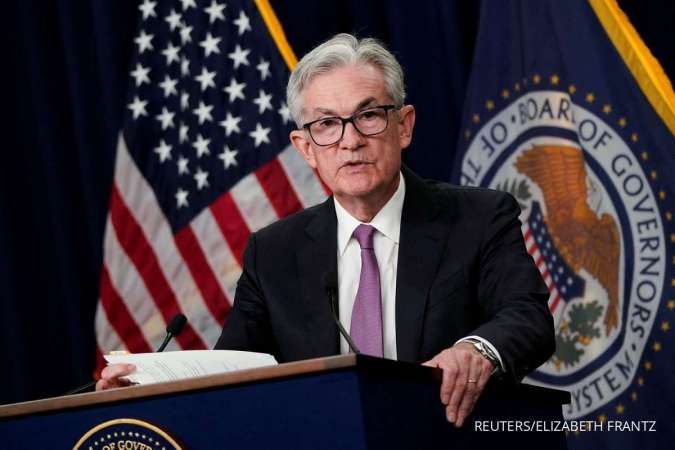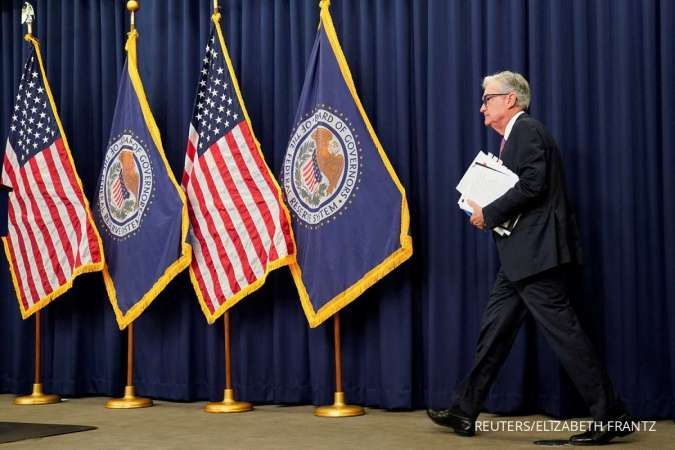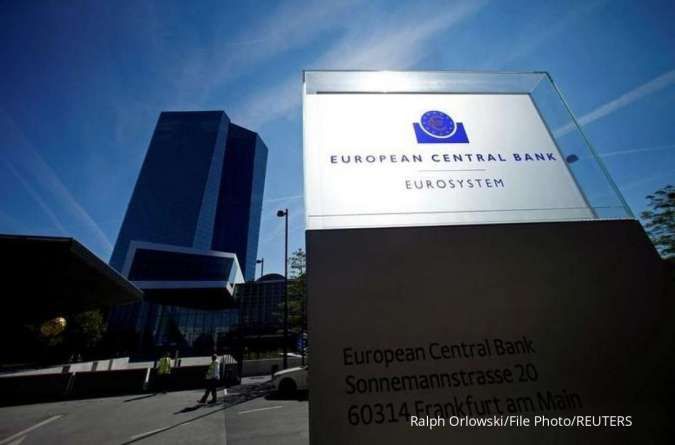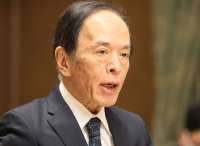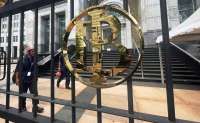THE FED - WASHINGTON. Federal Reserve Bank of Boston leader Susan Collins said Thursday it seems likely that the central bank will raise rates one more time this year and added that financial sector stress has likely taken some pressure off the Fed to go further than that.
“Inflation remains too high, and recent indicators reinforce my view that there is more work to do to bring inflation down to the 2% target associated with price stability,” Collins said in the text of a speech to be delivered before a gathering of the National Association for Business Economics.
Collins said she supported the Fed’s decision last week to raise its overnight target rate by 25 basis points to between 4.75% and 5.00%. Citing central bank forecasts that pointed to one more quarter percentage point increase this year, Collins said she saw that projection as “as reasonably balancing the risk of monetary policy not being restrictive enough to bring inflation down, and the risk that activity slows by more than needed to address elevated price pressures.”
Read Also: Buried Dreams': Players, Fans Dismayed as Indonesia Dumped as U-20 World Cup Host
Collins, who does not hold a vote on the rate-setting Federal Open Market Committee this year, said that after that increase the Fed will likely hold steady for the remainder of the year.
That the Fed is not on track for more rate rises owes to troubles in the banking system, which has contributed uncertainty to the monetary policy outlook, the official said.
“While the banking system remains strong and resilient, recent developments will likely lead banks to take a somewhat more conservative outlook and tighten lending standards, thus contributing to slowing the economy and reducing inflationary pressures,” Collins said. “These developments may partially offset the need for additional rate increases.”
The Fed bank leader said the Fed is monitoring market conditions and “is prepared to use all tools at its disposal in keeping the banking system safe and sound.”
In her remarks, Collins said that she views the banking system as resting on solid footing. As the Fed moved toward its last meeting, regional bank failures spurred fears about financial sector liquidity as authorities worked to ease those worries, while banks drew historic amounts of liquidity from the Fed.
“Our banking system is strong and resilient, with well-capitalized institutions and ample liquidity,” Collins said, adding “however, recent bank failures underscore how difficulties in just a few institutions have the potential to undermine confidence in the entire banking system.”
Read Also: Ford, Vale Indonesia, Huayou Sign Deal for US$ 4.5 Billion EV Battery Material Plant
Collins said recent data “show signs of more underlying strength in the economy than many anticipated,” and the vigor of hiring and spending “might reflect the fact that policy did not enter fully restrictive territory until the second half of 2022, and it may be too soon to see its full effects on real activity.”
But Collins added “there are some emerging signs of slowing labor demand” as job sectors hard hit in the pandemic are now close to recovering. She also said “while we may be seeing some initial signs of wage moderation, more will be needed for a sustained improvement in price inflation.”
/2019/03/19/2006697465p.jpg)
